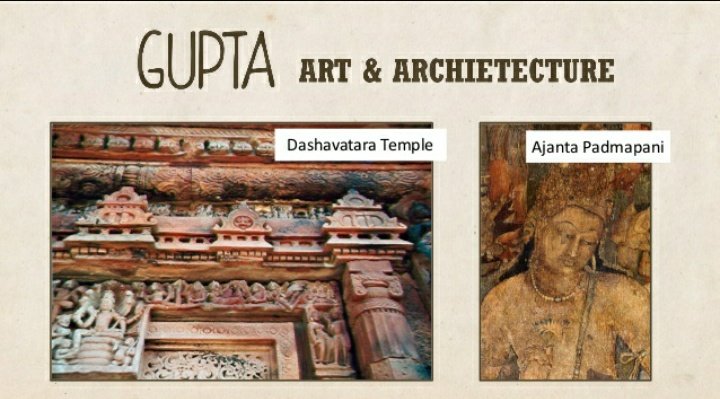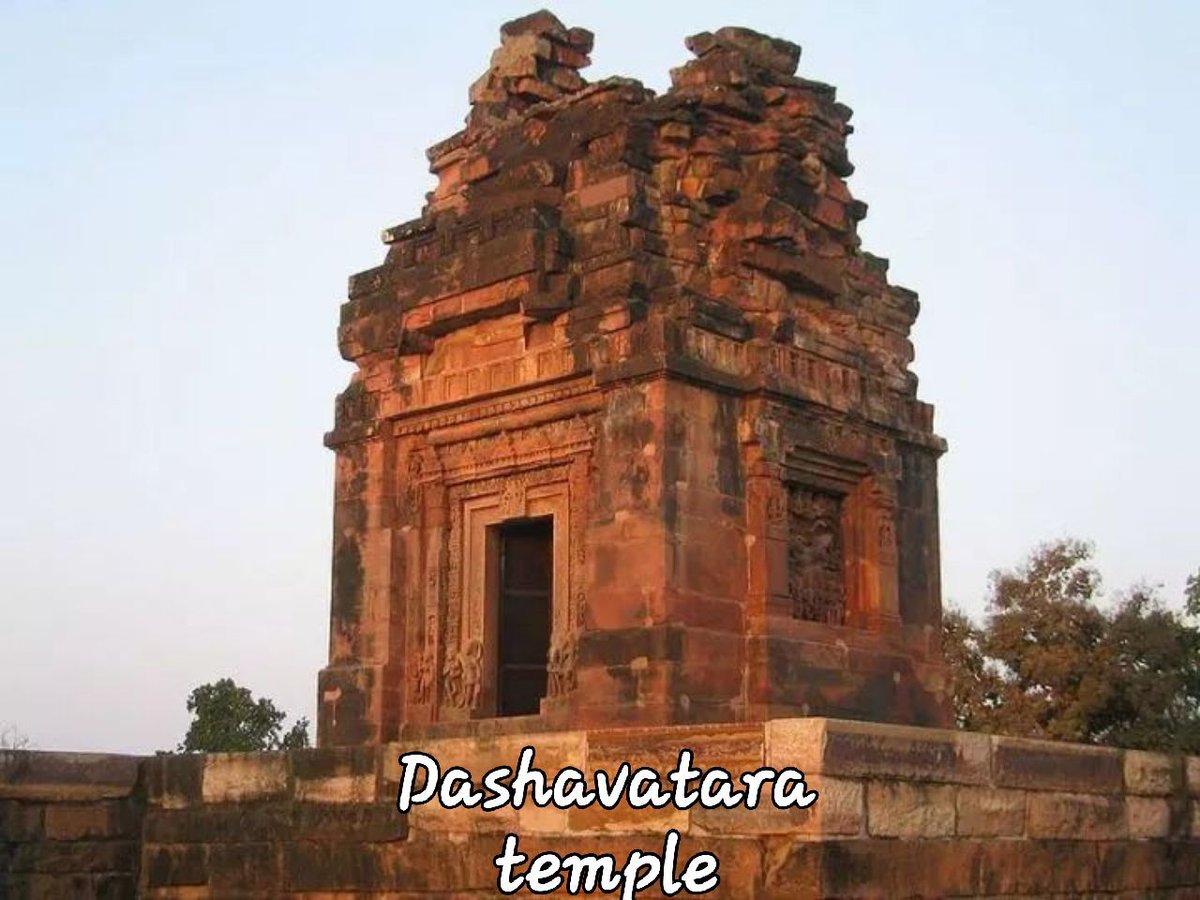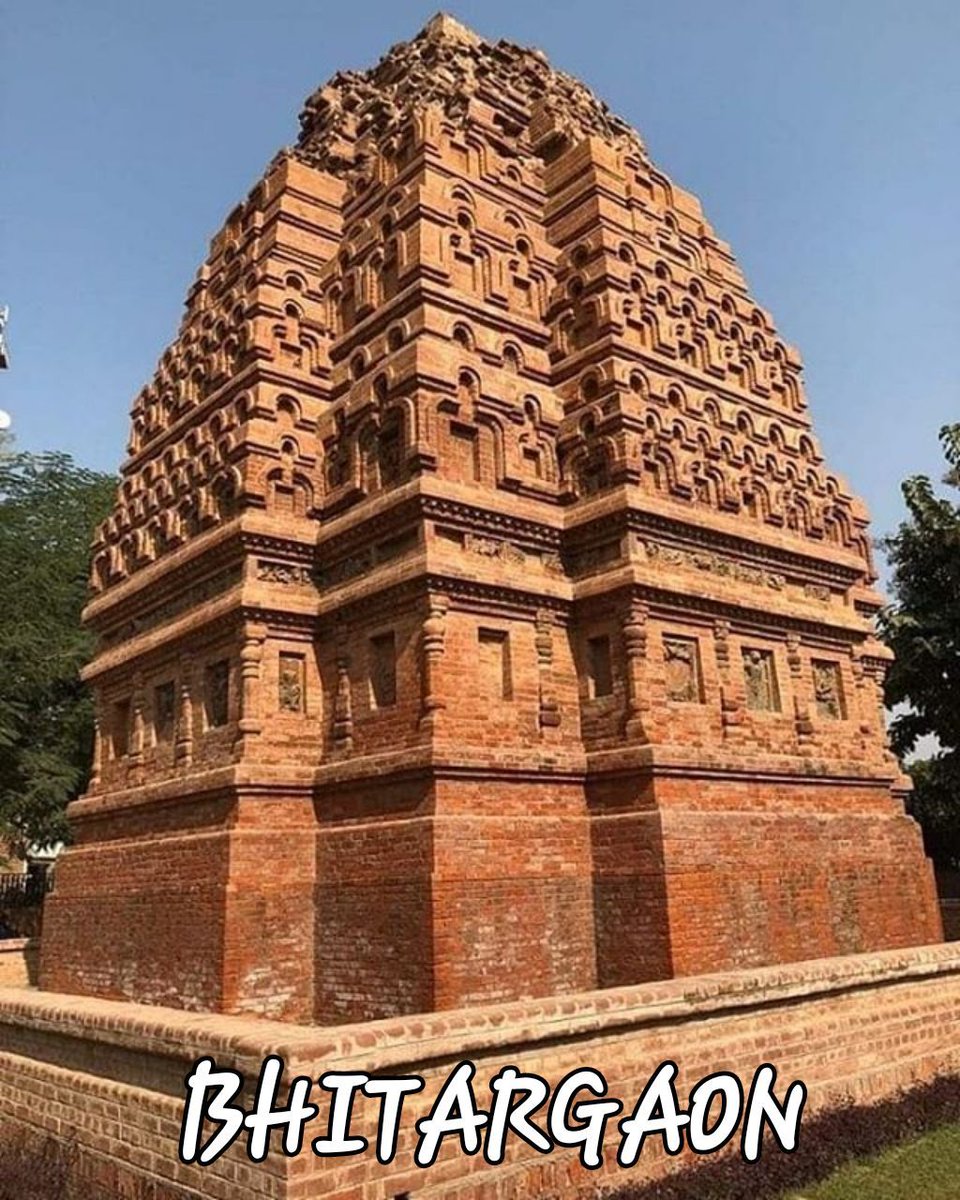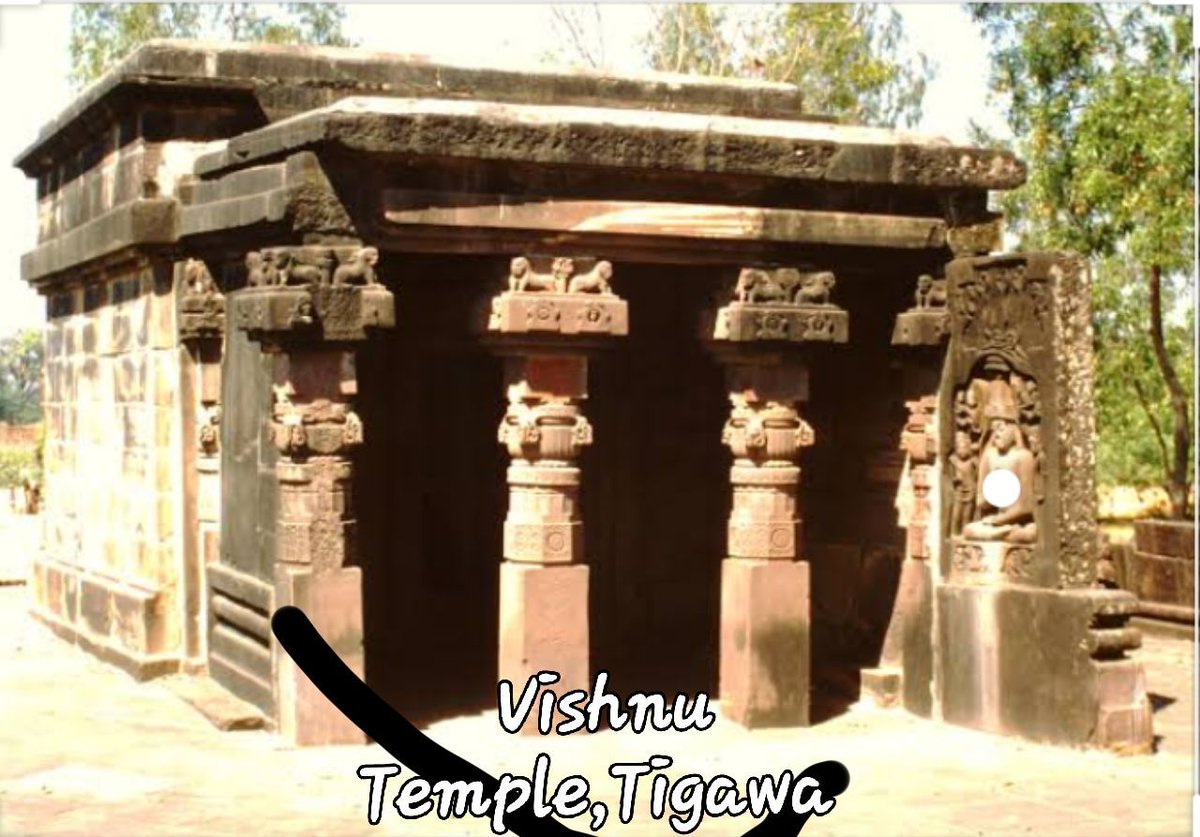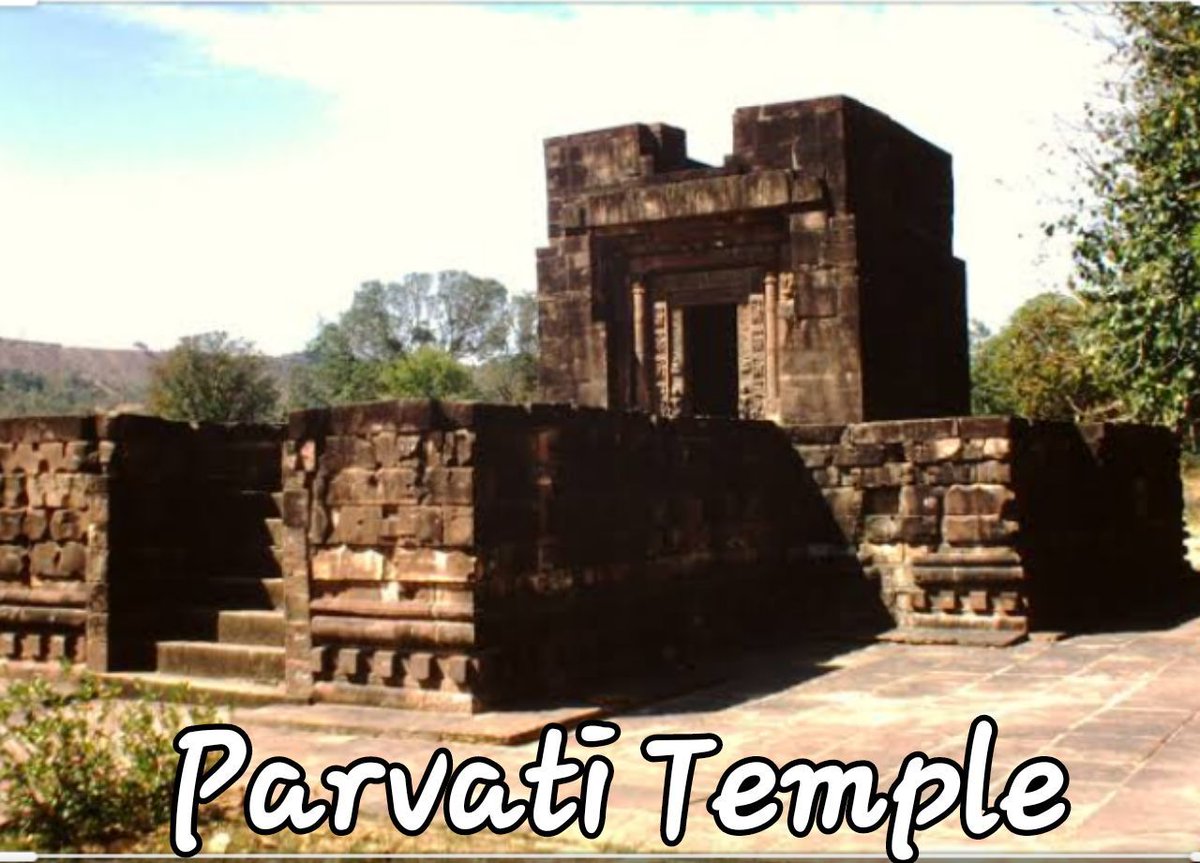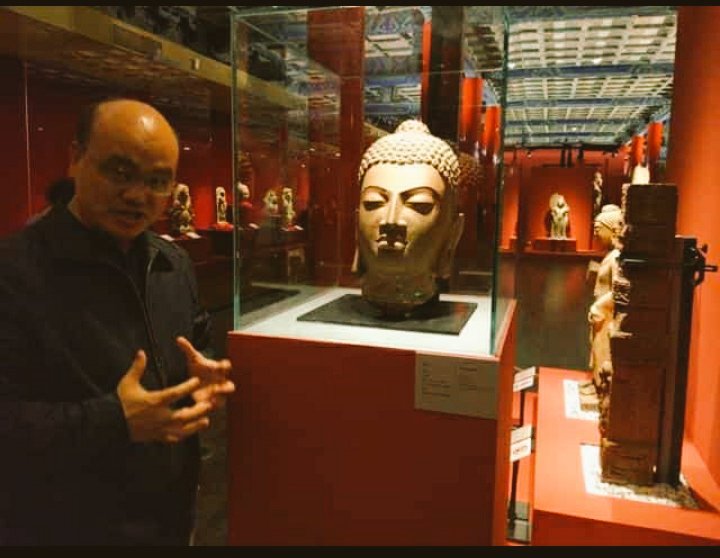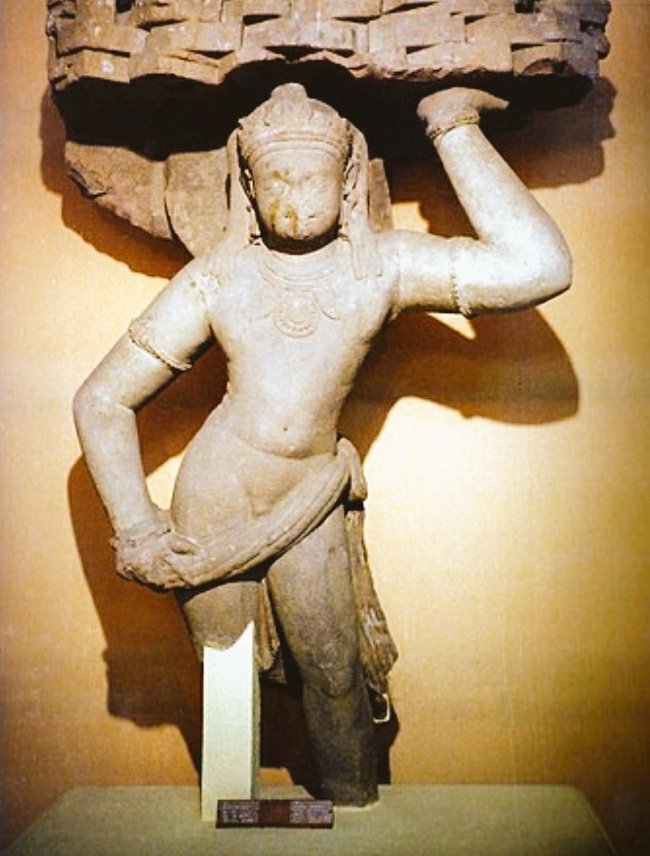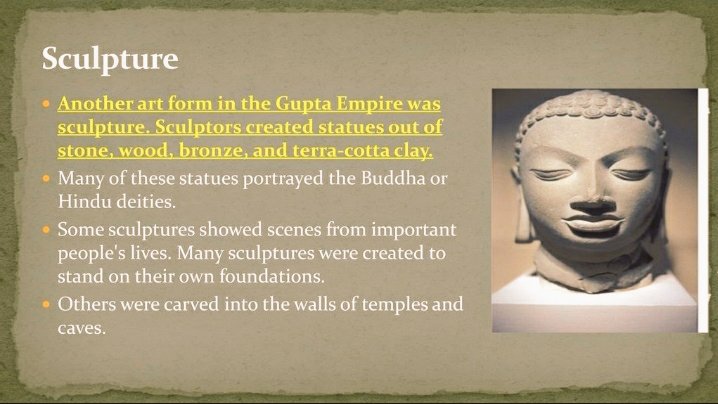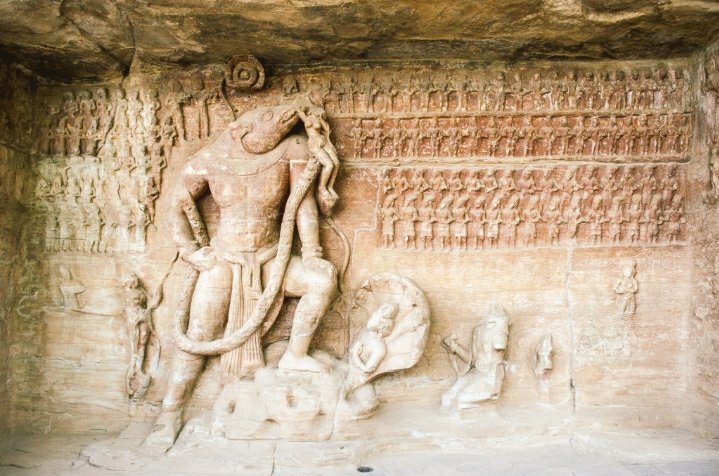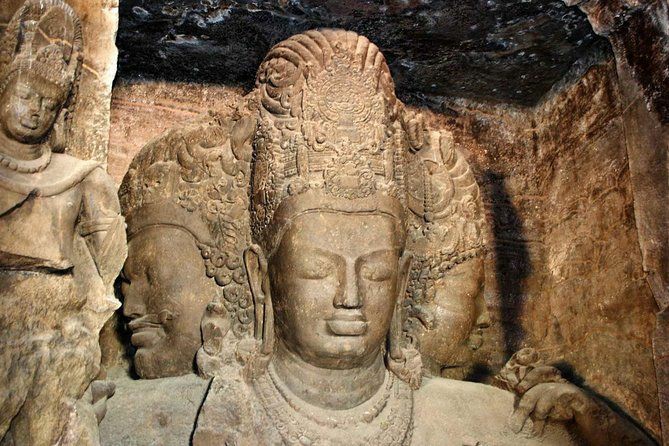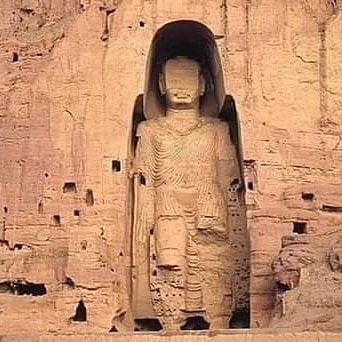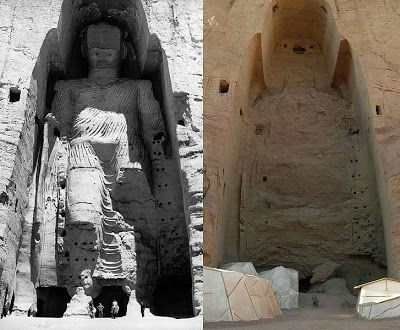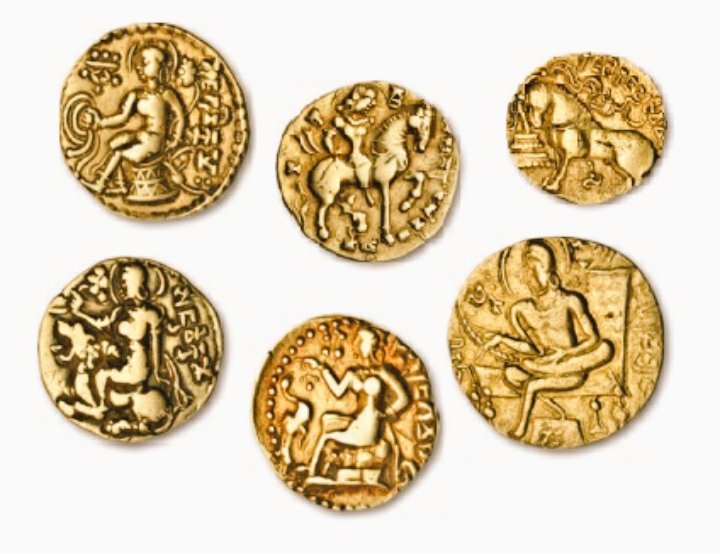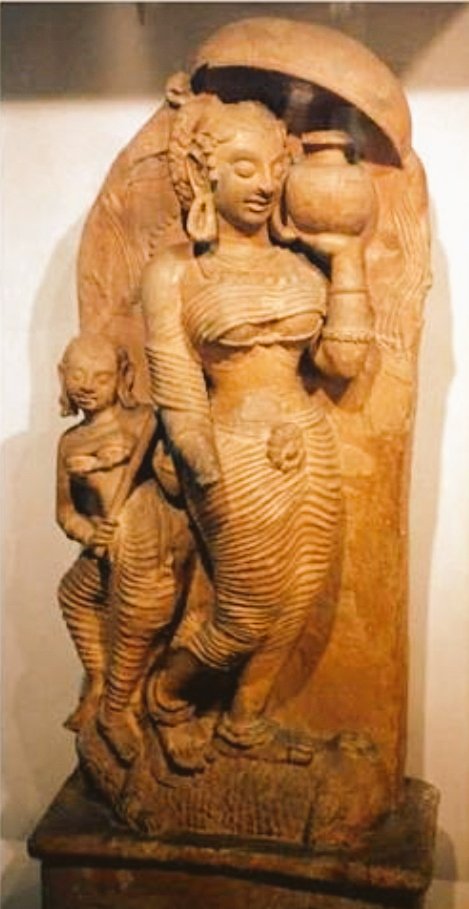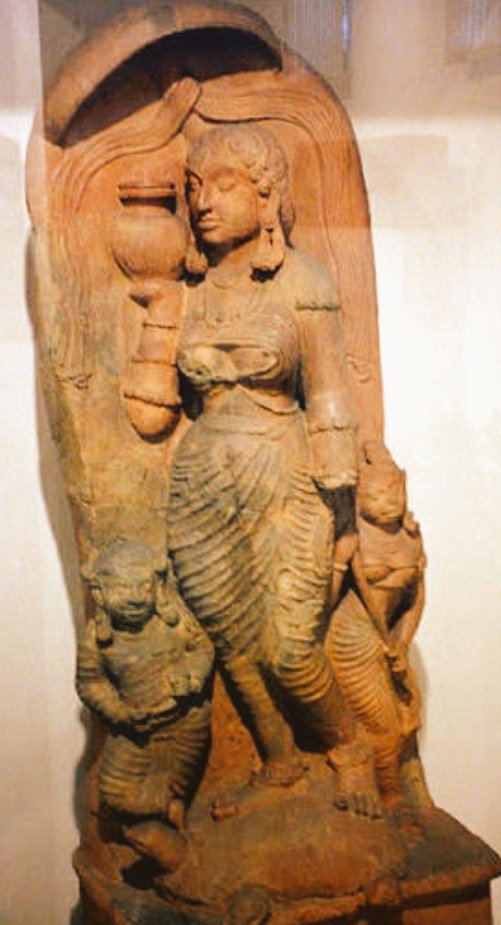The Gupta period marks beginning of Indian temple architecture, as temples in the form of concrete structures were constructed in northern India for the first time. These temples were made in the architectural style known as Nagara,
in which generally flat-roofed sqare temples were built. Two of these temples, in which the images of Vishnu are centre as a chief deity, are found at Bhitargaon in Kanpur (made of bricks), and the e sculpture of Nara Narayana from the Dashavatara temple at Deogarh in Jhansi.
Most of the other surviving stone temples belonging to this era are in a ruined state and are located in placed in the the hilly areas of Madhya Pradesh, such as the Vishnu temple of Tigawa and the parvati temple of Nachna-Kuthara.
The sculptures pertaining to period of c. 300-600CE not only show a continuation of earlier styles& trends derived from Mathura&Gandhara schools,but also show introduction of new styles. The inspiration of the themes for sculpture was drawn from Hindu,Buddhist,& Jaina traditions.
is a colossal figure of Krishna effortlessly lifting up Govardhana mountain, found at Varanasi. A stone sculpture of a larger than life figure of a horse (probably representing an ashavmedha horse) carved out of beige sandstone found at
Khairigarh in Uttar Pradesh too belongs to this period. The cave architecture of this period is almost entirely Buddhist, but there are a few exceptions such keraves at Udaigiri, near Vidisha, which has the famous relief scene of Vishnu
rescuing he earth from the waters in the form of Nri-Varaha (body of a man and head of a boar), and Elephanta caves, the largest one of which is dedicated to Shiva. The Buddha images of this period displayed a greater variety of mudras than before.
For instance, the Buddha images from Sarnath differed in several ways (as robes have no folds) from those of Mathura. The spectacular Bamiyan Buddha sculptures which were tragically destroyed by the Taliban too belonged to this period.
A dated stone image of a seated tirthankara belonging to 432 CE was excavated at Mathura, which was different from the seated figurines of preceding centuries. The Gupta coins are also pieces of art. They are well designed and meticulously crafted.
They carry aesthetically impressive depictions of the activities of the rulers. At many places such as Kaushambi, Rajghat, Bhita, and Mathura, terracotta figurines and plaques have been found.
Source: Book of Ancient and Medieval India

 Read on Twitter
Read on Twitter